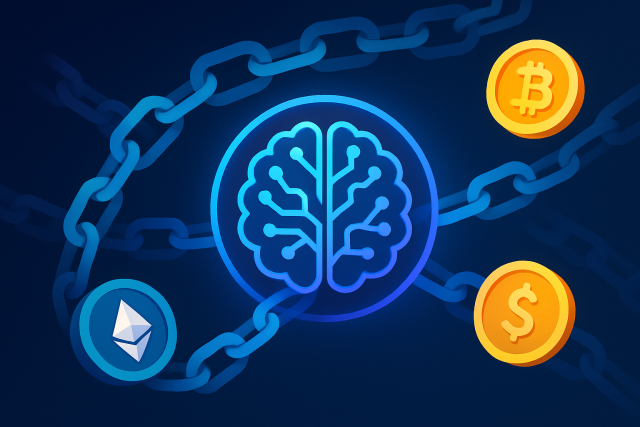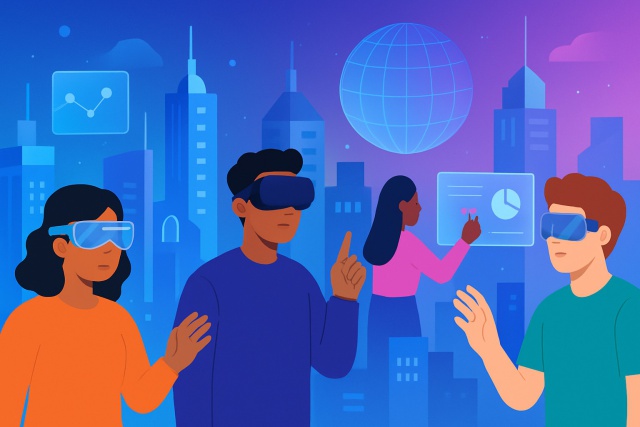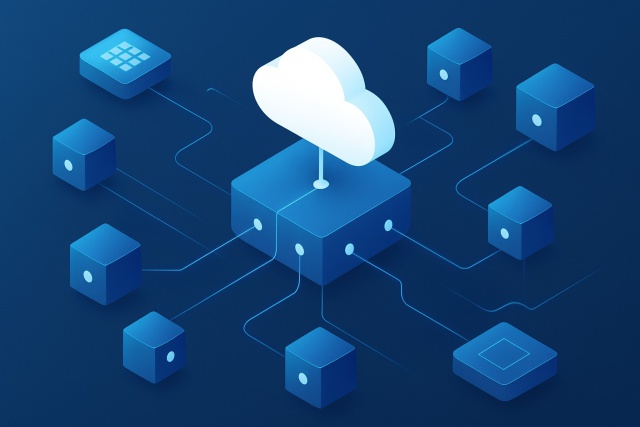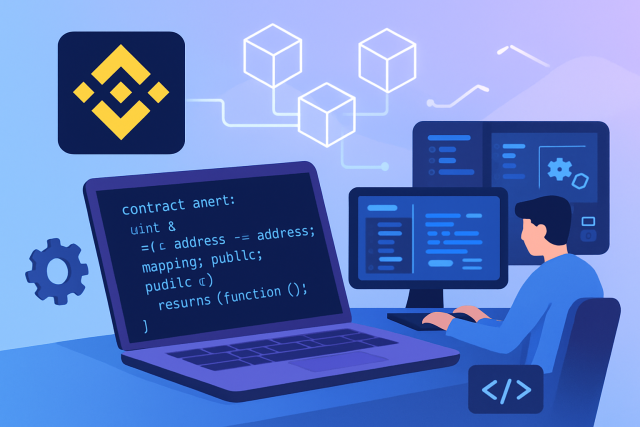What Is Web3 Compared to Web2 Differences

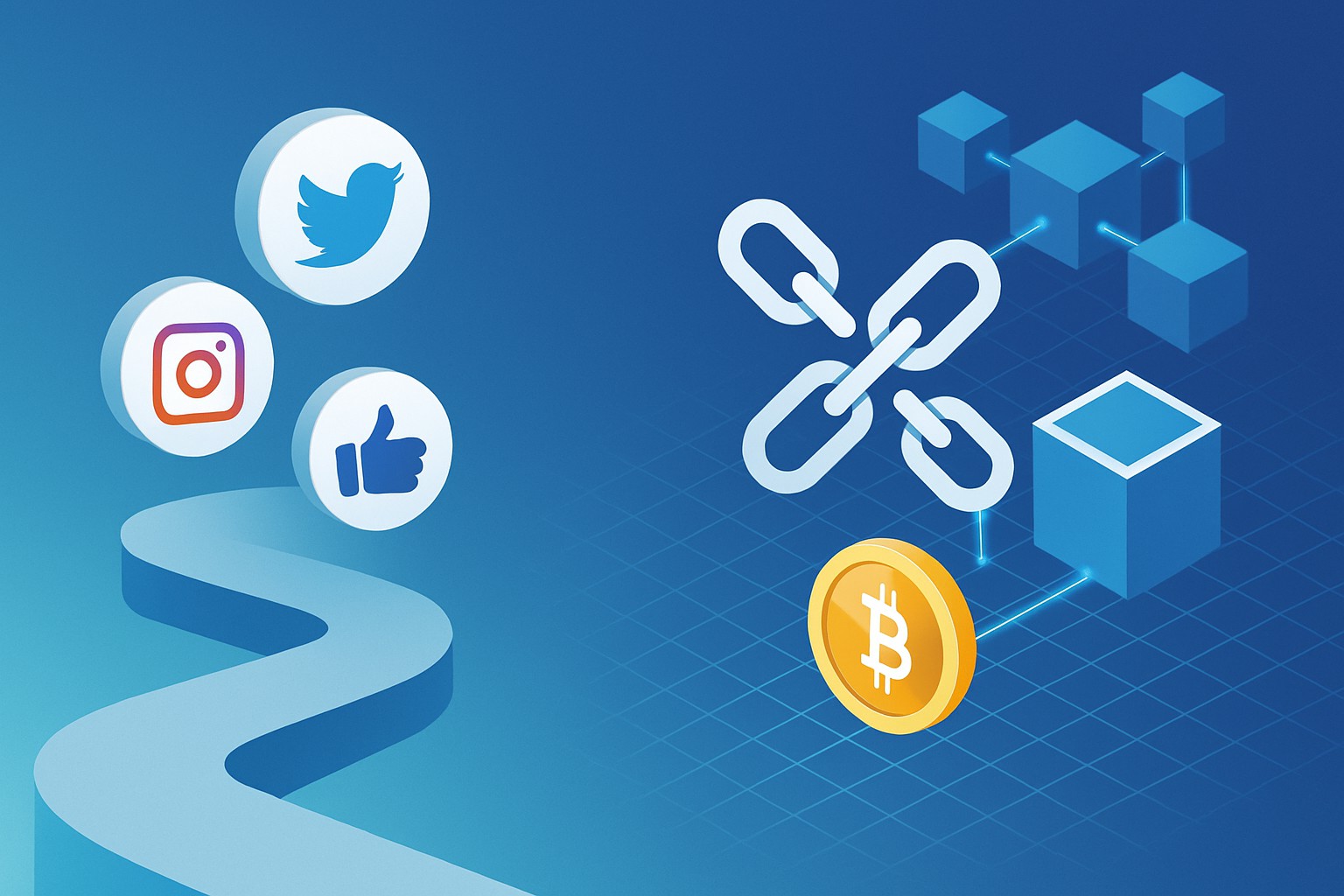
Most people are pretty familiar with the internet as it stands today, often dubbed Web2. But there's a fresh concept on the block called Web3 that's been turning heads lately, leaving many to wonder: what is web3?
This article aims to untangle the often confusing world of Web3 by laying it side-by-side with Web2 in plain, everyday language.
Understanding Web2 The Internet We All Know and Use Today
Web2 is the version of the internet we are all cozy with nowadays famous for interactive websites and social media hubs where users do most of the heavy lifting by creating content. It’s a landscape largely ruled by big players like Google, Facebook and YouTube who not only run the show but also keep a close eye on and profit from the treasure trove of user data.
- Web2 platforms are generally owned and run by centralized organizations that call the shots behind the curtain.
- Users mostly consume and share content but are often left holding the short end of the stick when it comes to control.
- Giants like Facebook, Instagram and Twitter have become the go-to hubs for social chatter and connection.
- These companies pile up mountains of user data and make a lot of money from it.
- Privacy tends to take a back seat because of centralized control over data.
- Content and transactions usually rely on middlemen and servers so there is often a third party in the mix.
When you hop onto Facebook or Instagram you are busy crafting posts and catching up with friends. Meanwhile behind the scenes Facebook runs the servers and decides what pops up in your feed with its algorithms while holding the reins on all the data your interactions create. Similarly when you are watching videos on YouTube or digging through Google searches these platforms call the shots on what content you see and rake in cash from your attention through ads.
What is Web3: a fresh chapter that is been stirring up quite the buzz and might just change the game in ways we have not fully imagined yet
Web3 marks an exciting new chapter of the internet where decentralization takes center stage and hands the reins back to users. It relies on blockchain and related technologies to give people a stronger grip on their data, privacy and digital assets—no middlemen required.
- Web3 operates on decentralized networks, tossing aside traditional centralized servers we have been used to.
- Blockchain technology steps in as the trusty backbone building trust and keeping everything transparent.
- Cryptocurrencies serve as the native digital cash within these ecosystems like the lifeblood that keeps things flowing.
- Smart contracts quietly handle agreements on their own, cutting out the need for middlemen and saving a headache.
- Token-based economies open up fresh and exciting ways to own assets and earn rewards giving a whole new spin on participation.
- Users hold the reins, maintaining direct control over their data and digital belongings which feels empowering.
Think of decentralization like a group project where everyone keeps their own copy of the work, instead of relying on that one person who’s supposed to manage everything but might drop the ball.
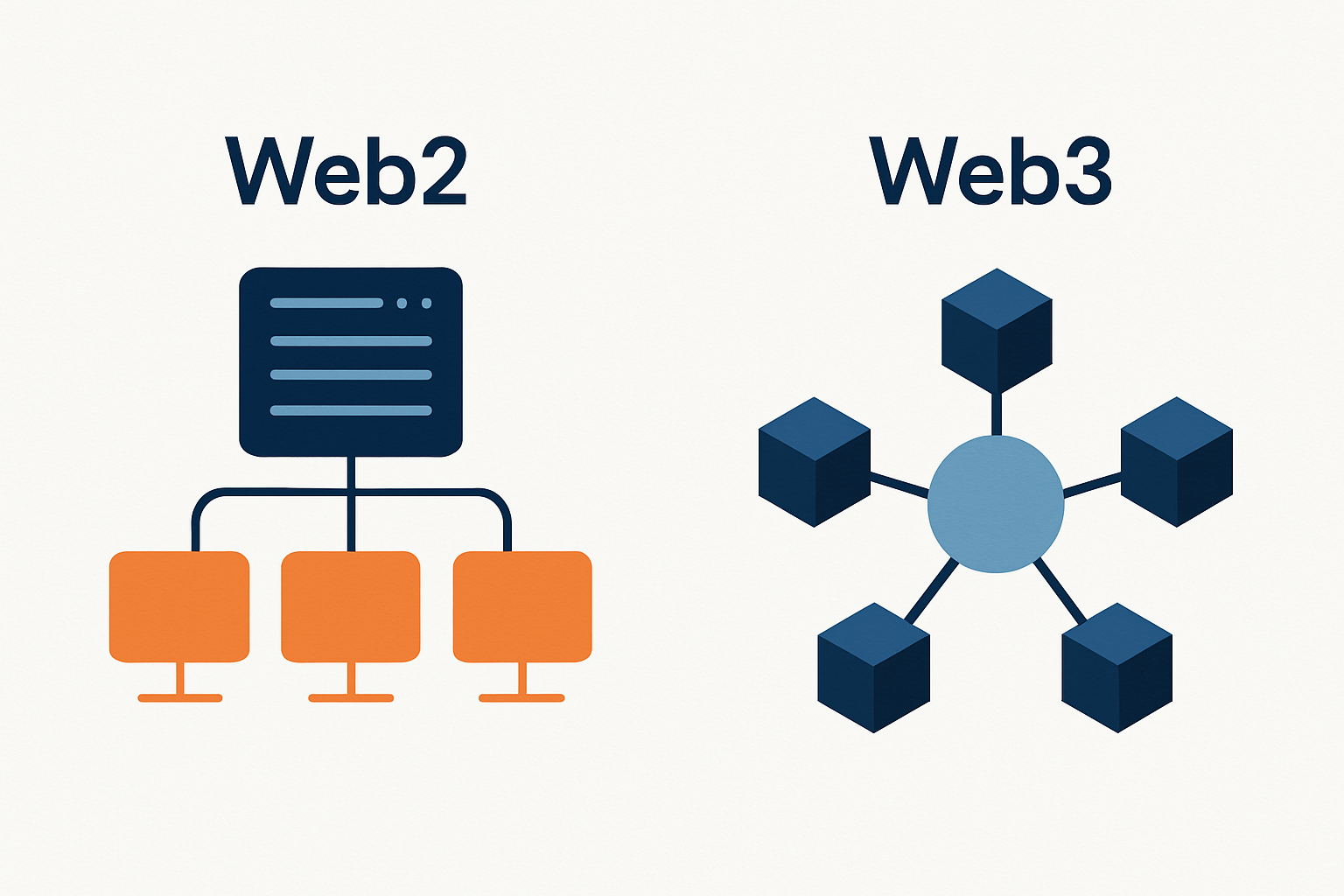
Main Differences Between Web2 and Web3 and What Sets Them Apart
| Aspect | Web2 | Web3 |
|---|---|---|
| Control and Ownership | Platforms hold the reins on data and apps, keeping things pretty central | Users get to call the shots with direct ownership of their data and assets, no middlemen involved |
| Data Storage | Data tends to hang out on central servers, all in one place | Data is spread out and stored across a web of distributed, decentralized networks—kind of like a digital potluck |
| Privacy | User privacy often takes a backseat, with personal data frequently sold off | Privacy gets a real boost here, with users firmly in control of their own info—finally, some peace of mind |
| Monetization | Platforms rake in the cash by mining user data and running ads | Users can actually earn tokens and dive into economic activities themselves—who knew being online could pay off? |
| User Participation | Mostly about creating and consuming content—think of it as being an audience | Users step up to the plate with active roles in governance, ownership, and development—playing in the big leagues |
| Platform Examples | The usual suspects: Facebook, Google, YouTube | Ethereum, Polkadot, plus a whole constellation of decentralized apps (dApps) leading the charge |
The differences laid out in the table really highlight how Web3 tends to shift power away from the big corporate giants and puts it more firmly in the hands of individual users. Instead of relying on a single company calling all the shots, Web3 runs on networks where everyone gets a fair say and plays an equal part. Privacy usually gets a boost too, since you’re the one deciding what data to share—no more handing over the keys without a second thought. Plus, monetization takes a twist: users actually earn rewards rather than just creating value that platforms rake in.
The Real Perks of Web3 and What It Could Mean for Us All
Web3 hands the reins back to users by offering stronger privacy and opening new ways to get involved—whether making money or connecting socially. It cuts down on censorship, sparks innovation, and builds community-driven platforms where every voice counts.
- Users get to keep full control over their personal data and digital identity—no strings attached.
- Trustless systems let people interact directly and cut out the middlemen who usually complicate things.
- Decentralized finance (DeFi) breaks down barriers and opens financial services to almost anyone anywhere in the world.
- Creator economies thrive with direct token rewards and genuine ownership which puts power back where it belongs.
- These systems tend to be tougher and more resilient against shutdowns or centralized breakdowns.
- Communities call the shots by managing platforms through clear and democratic decision-making that’s fair.
Practical examples include decentralized finance platforms that let users lend or borrow money without relying on banks. NFTs give artists control over their digital creations. Social networks let users have a voice in shaping policies instead of just following company rules.
Challenges and Criticisms Surrounding Web3 The Uphill Climb
Web3 holds a lot of promise but still faces its fair share of hurdles. These range from technical complexities that can make your head spin to slower scalability that sometimes feels like watching paint dry. Some blockchain networks also have high energy consumption which isn’t winning any eco-friendly awards. On top of that, unclear regulations add a foggy layer of uncertainty and risks tied to decentralized control—like fraud or underwhelming user experiences—are ever-present.
- Users often find setting up wallets and managing private keys to be a headache.
- Many blockchain networks face scalability bottlenecks that slow things down and increase costs.
- Proof-of-work systems often raise environmental concerns due to their high energy consumption.
- Adoption usually takes time because of unfamiliarity and trust issues.
- Sadly, scams and fraud have appeared often because of shaky oversight.
- Around the globe, regulatory frameworks are a patchwork of unclear or inconsistent rules.
Web3 feels a lot like the early days of the telephone or the internet — a bit rough around the edges, sure, but bursting with the kind of potential that could totally reshape how we connect and create value online. It’s the kind of thing that makes you want to keep an eye on it, even if it’s not quite smooth sailing yet.
Getting Started with Web3 Easy Steps to Dip Your Toes In
Getting started with Web3 often kicks off with a handful of straightforward steps like setting up a crypto wallet and diving into decentralized apps. You also need to understand NFTs and build good security habits to keep your digital assets safe.
Start hunting down reliable resources and welcoming communities to really get a good handle on the basics of blockchain and Web
Skipping this step is like trying to build a house without a blueprint.
Next, set up a secure cryptocurrency wallet like MetaMask or Trust Wallet because keeping your digital coins safe is absolutely key.
Dive into beginner-friendly dApps such as simple decentralized exchanges or NFT marketplaces where you can dip your toes without diving in too deep right away.
Begin with small transactions to get a feel for how crypto transfers actually work. It’s a lot less nerve-wracking than jumping in headfirst.
Always stay sharp on security best practices especially when it comes to guarding those private keys. If you lose them it’s like losing the keys to your house.
Finally, jump into forums or social groups to connect with other Web3 users and developers. It’s a great way to learn from others and maybe even find a few friendly faces along the way.
It's smart to tiptoe into Web3 with a mix of caution and curiosity, especially when considering what is Web3 and how fast this space is changing.


